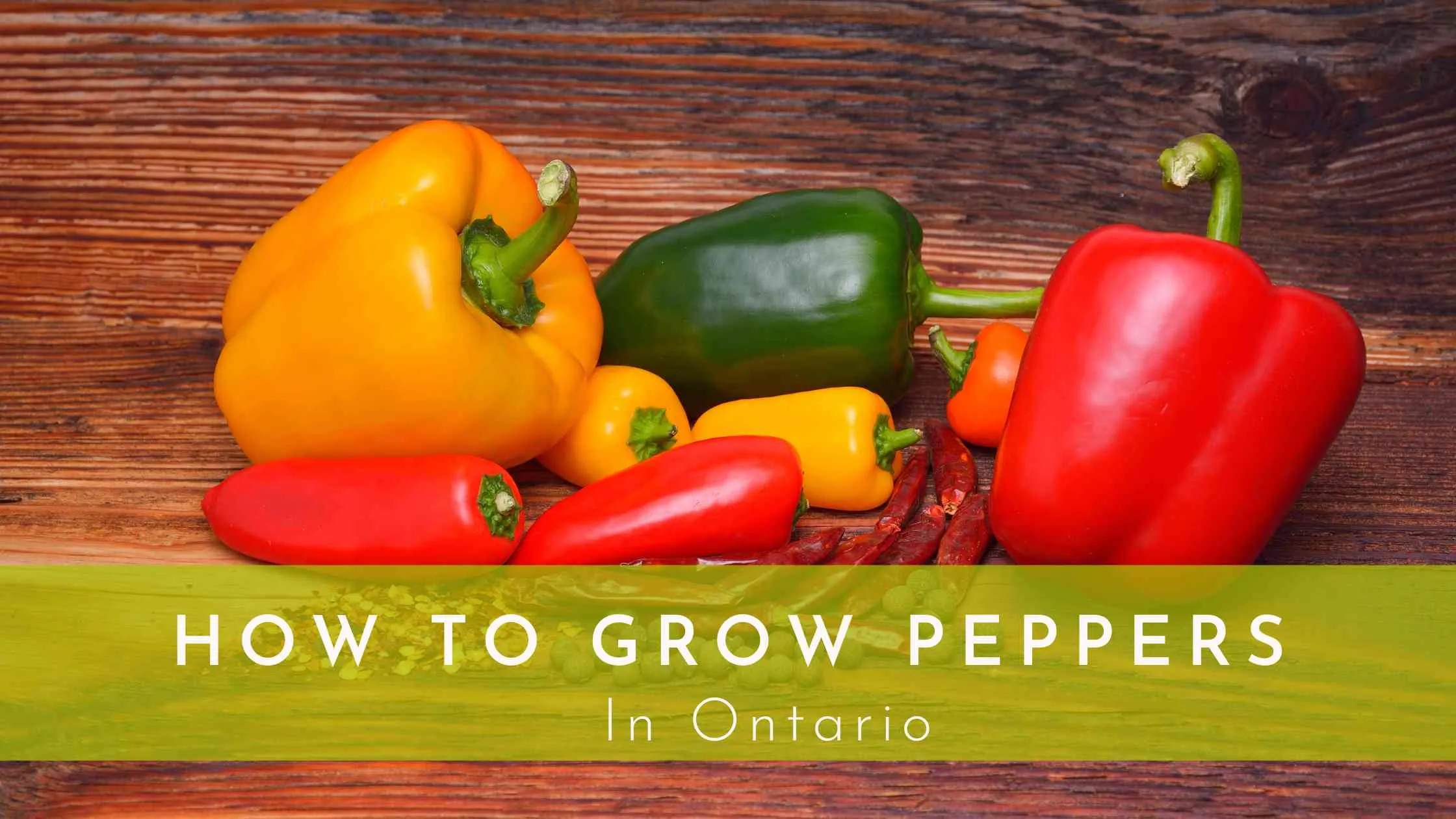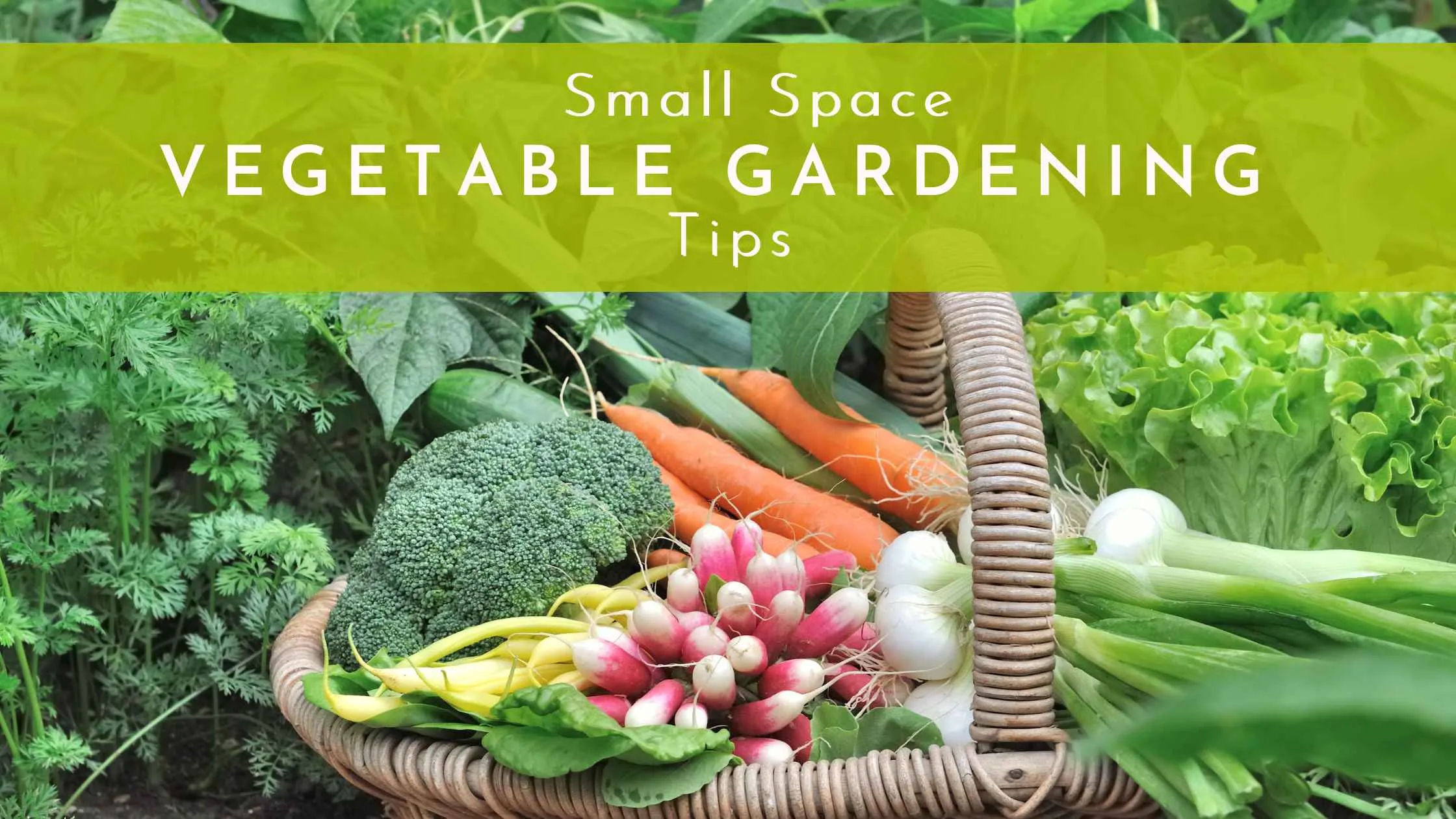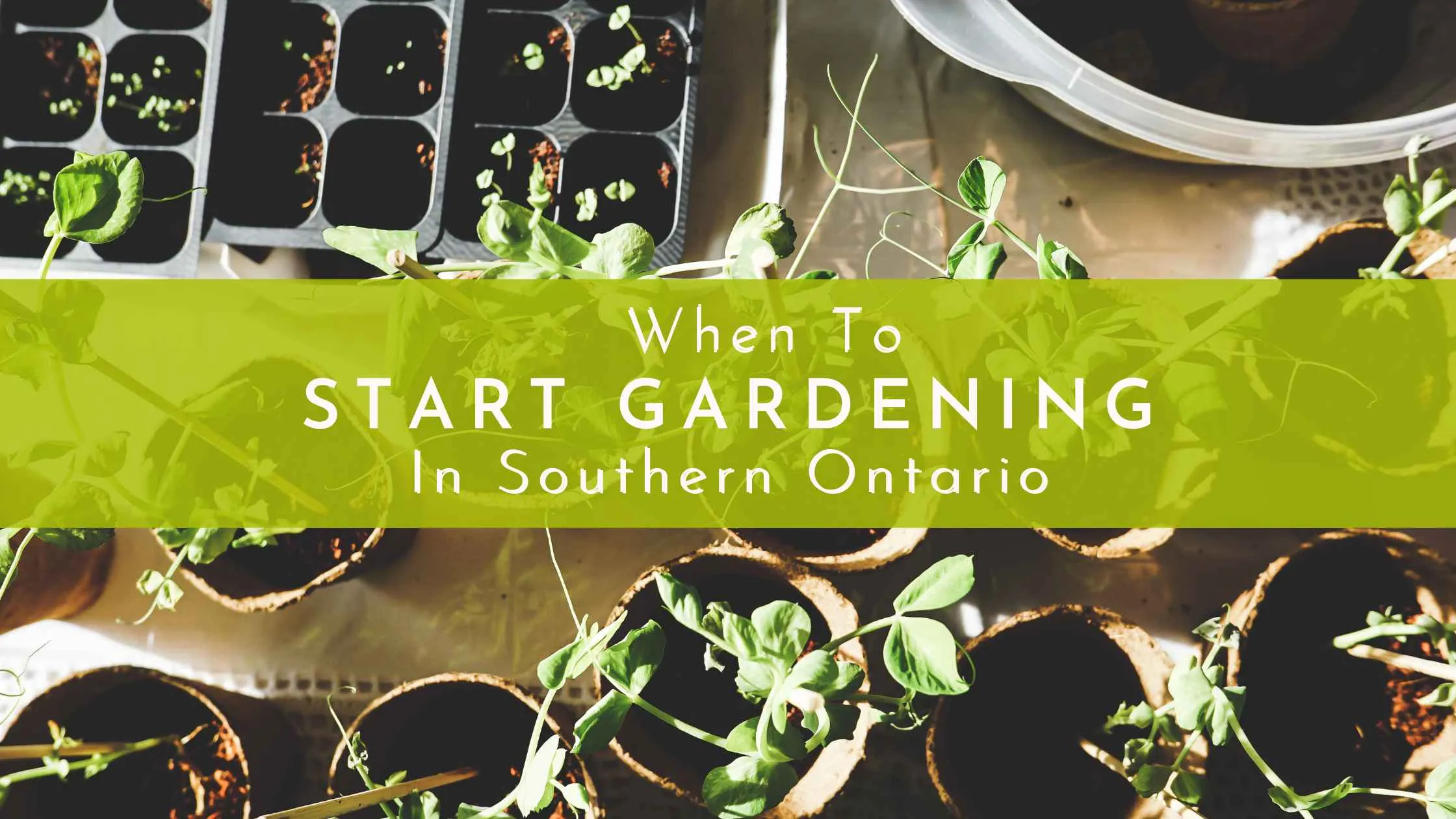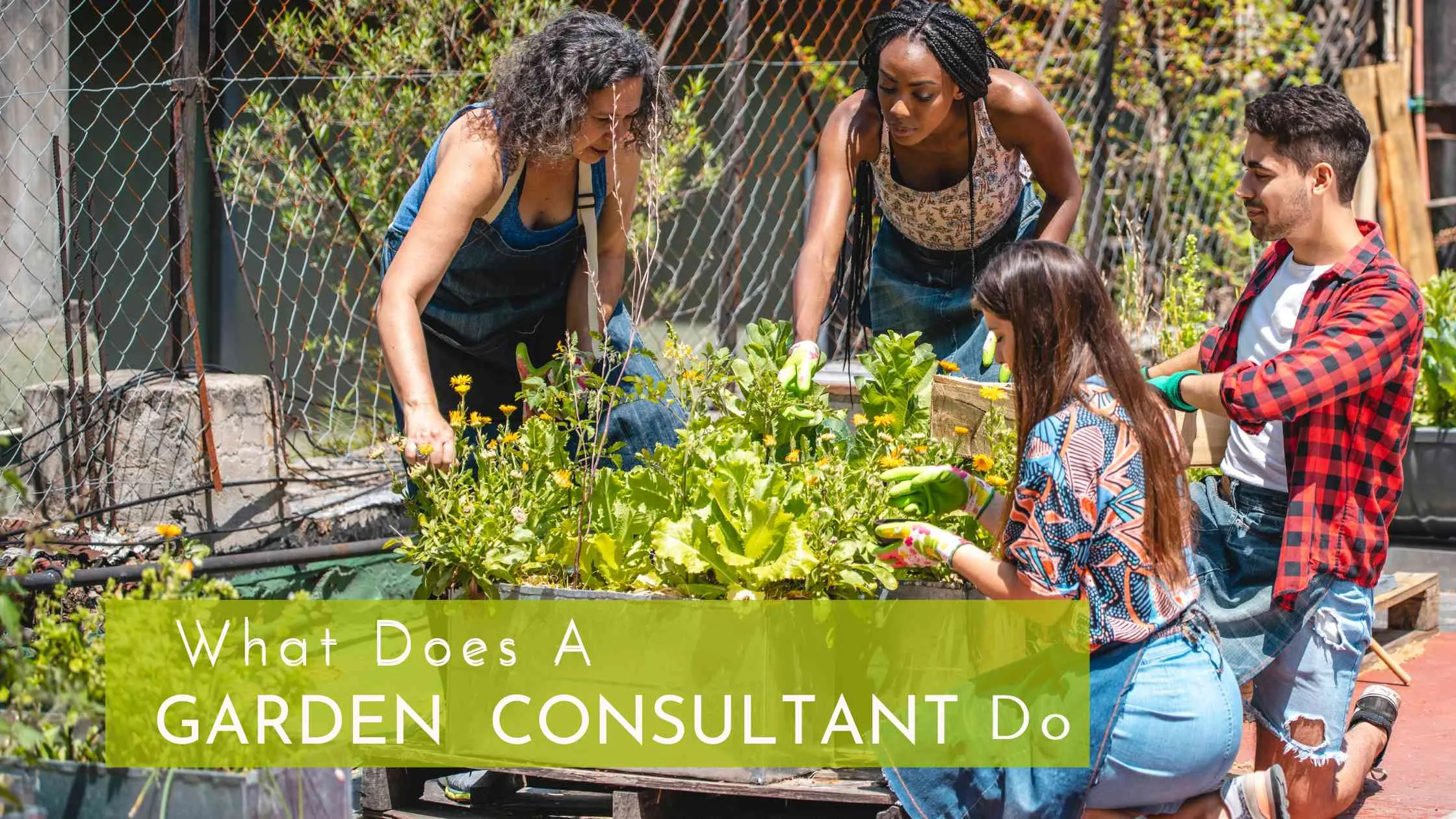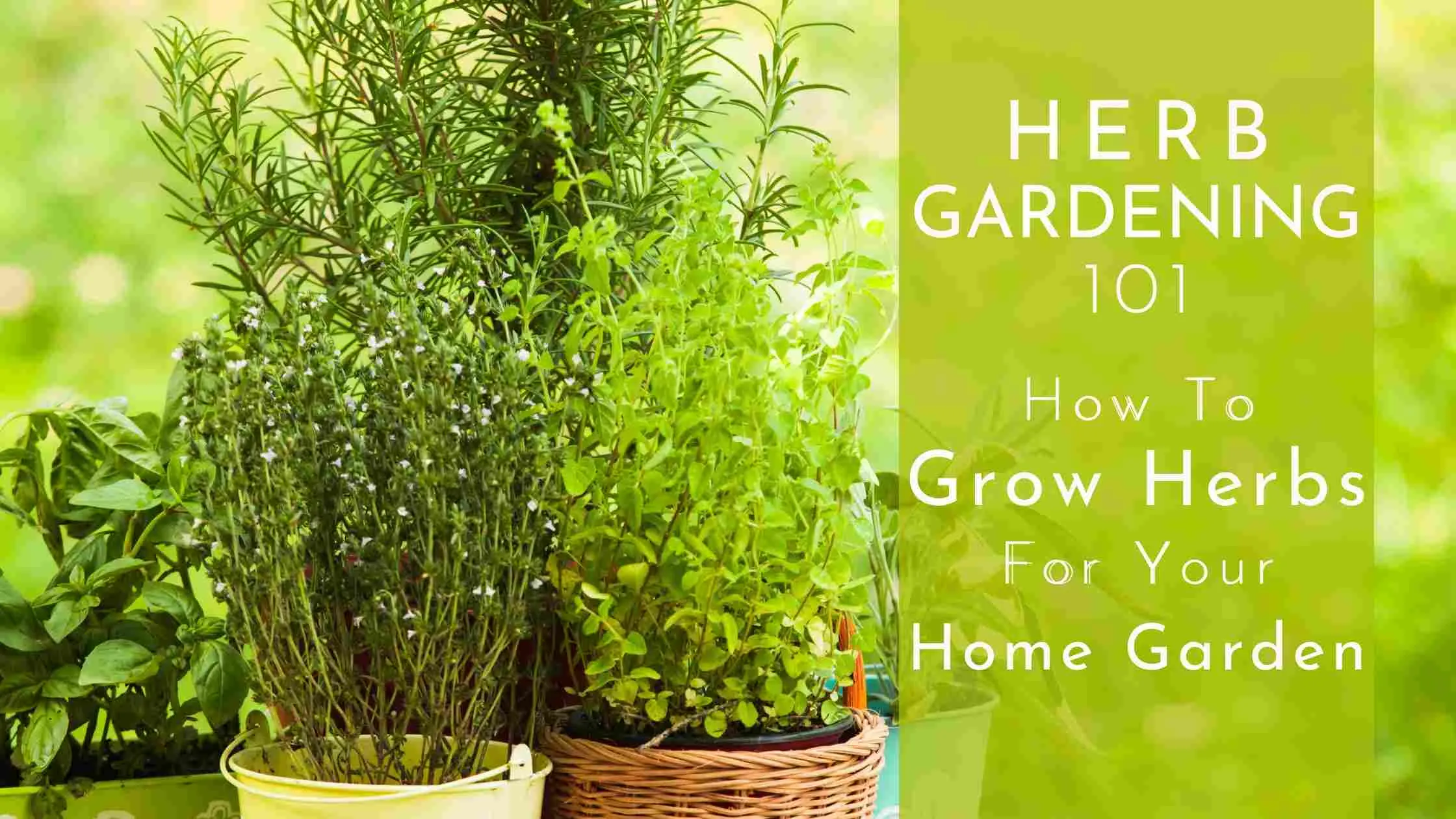Container Gardening: Tips For Beginners
If you would like to grow your own food or ornamental plants but don’t have much space or your own yard, you should consider container gardening. Container gardening works best if your gardening area is too small or want to grow your plants on a patio, rooftop, or balcony. Gardening in containers also provides more flexibility than traditional gardening, which we will discuss below.
In this article, you will learn everything you need to know to begin container gardening.

What Is Container Gardening?
In simple words, container gardening means growing plants in containers instead of in the ground. You can grow edible and non-edible plants in your container garden.
You can use anything as a container, as long as it is small, portable, and enclosed. Some examples of containers that you can use for your container garden include baskets, tins, barrels, boxes, tubs, or hanging baskets.
Container gardening is ideal for people who love gardening but don’t have sufficient place to grow their favorite plants. Similarly, if you don’t have enough time to tend to a traditional garden, container gardening is the best option as it doesn’t require as much time.
Why Is Container Gardening Important?
Container gardening has many benefits; it reduced weed problems and soil-borne diseases. You can also better control the temperature, soil, and sunlight available for your plants.
Another advantage of container gardening is that you can manage your space by moving your pots. You can easily carry them and move them to the place which is more suitable for you. If you live in an area like me with very cold winters, you can move your container plants indoors if space (and light requirements) allow. If you are moving out to a new house you can also carry them with you. There is no need to grow a new one all over again.
Container gardening also provides you with an easy growth and harvesting process. You can easily manage the nutrients your plants receive in container gardening.
In places where food is not always readily available resulting in food insecurity, being able to grow your own food, or even extend the growing season becomes more achievable with container gardening.
What Is Required For Container Gardening?
You don’t need many materials for container gardening. The following are some of the equipment and tools that will help you in container gardening:
- Potting Mix
- Your Favorite Plants
- Gardening Trowel
- Containers
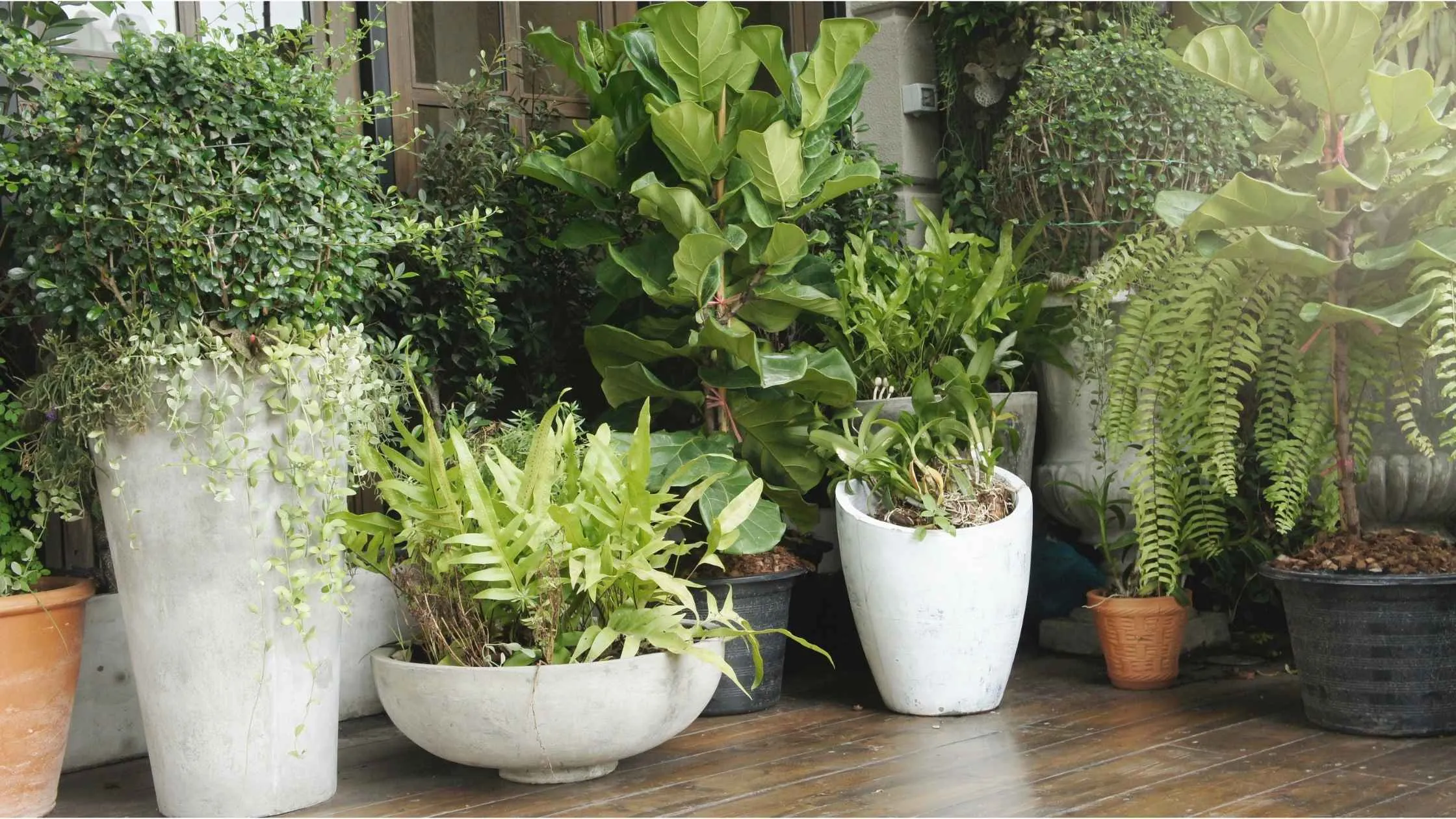
Choosing The Right Container
Containers are an important part of container gardening. The best containers are the ones that offer more space for the roots of the plants.
Here is a list of some of the most popular types of containers:
Ceramic Containers
Ceramic containers are a popular choice among containers. They are made from glazed porous clay that allows air and water to flow to some extent, preventing the soil from getting overly wet. They also don’t dry out as fast as terracotta, metal, or even plastic pots for example as the glaze helps reduce the porosity.
The only drawback of ceramic containers is that they are heavier than other pots, especially when they are filled with soil.
Plastic Containers
Plastic containers are the cheapest option. They are lightweight and hold moisture well. The best part about plastic containers is that they can be cleaned easily and reused many times.
For planting edible plants, choose containers that are made from food-grade plastic to protect the produce from harsh chemicals.
Fabric Containers
Fabric plant containers are also popular because they are lightweight, washable, and breathable. They often come with handles that make them easy to move around.
The fabric allows air and water to pass through easily which is essential for plant growth. The downside to fabric pots is that they can dry out quickly so the plants need to be frequently watered
Preparing The Soil For Your Containers
For healthy growth, plants need healthy soil. The regular soil found outside in your yard can be heavy and can result in many diseases for your crops. Many times, it either has too much clay or too much sand - neither of which is beneficial to your plants. Instead, you can opt for a specially prepared soil mix, which is balanced to provide the nutrients in the right proportions that your plants need. Alternatively, there is a "soilless" pot mix. This is specially produced for containers. Soilless mixes weigh less and also provide more nutrients that your plant needs.
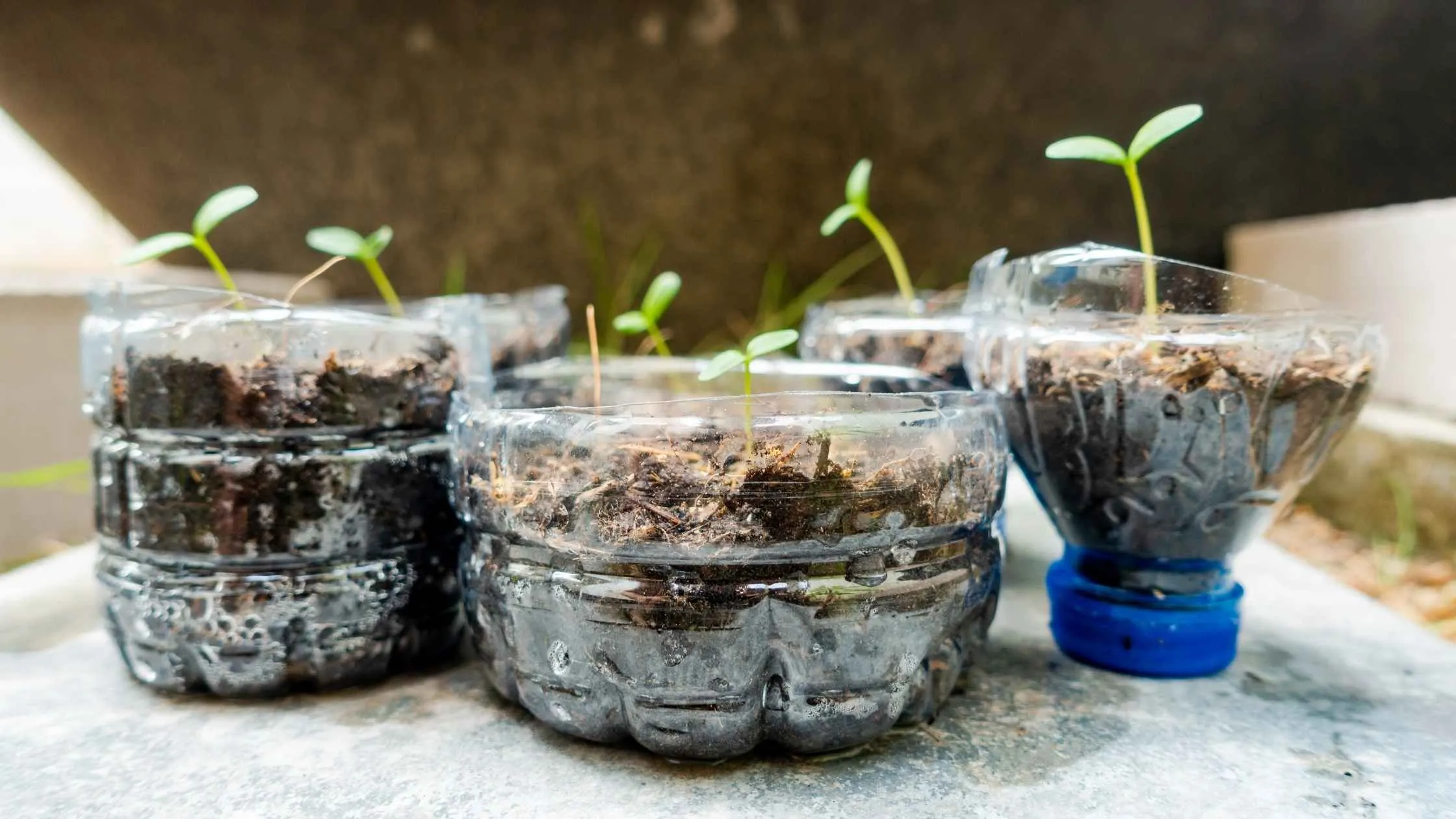
Drainage For Your Container Garden
For the best growth of your plants, containers should have a drainage hole or holes through which excess water can pass. If the soil cannot get rid of the extra water, the soil becomes waterlogged and you might experience bacterial and fungal growth over plants. The roots would not be able to get sufficient air and the plant will stop growing and it will eventually die.
- A container with a four- to six-inch diameter needs three to six drainage holes, approximately 1/4th inch in size
- A large container needs six t eight drainage holes of about the same size
If a container doesn't have drainage holes, you can still use them by drilling small holes yourself.
Watering And Fertilization
The Best Way To Water Potted Plants
The container plants dry more quickly because of their limited size and exposure to the elements such as sun and wind, so they need to be watered more often. Especially during the summer months, they will need more moisture.
There are several ways to water the plants in your containers. Here are some of the best tips for watering plants in containers:
1. Water The Plants In The Morning
Morning time is considered to be the best time for watering a container plant. Water them as early as you can. It provides them with sufficient moisture to bear the heat of a long day.
2. Deep Watering
The roots of some plants need a lot of water so make sure to water such pot plants deeply. You can put a tray with water below the pot. The soil will absorb the water and the roots will be moist.
3. Stop Frequent Watering
Watering plants too frequently makes them weak so don't do it. Even if you are using a small amount of water it will be harmful to the plant.
Things to remember while watering plants
- Smaller pots require more water because they dry up faster than larger ones.
- Be careful of the weather. On hot days, water your pot plants more than the colder days.
- One way to keep your pot plants cooler in summer is to double-pot them.

How To Fertilize Potted Plants
Plants that grow in containers need more nutrients than the ones growing on the ground. This is because the water in containers flows out quickly flushing out the nutrients from the soil. It is also why potted plants need more fertilizer – to get enough nutrients.
- If you add slow-release fertilizers to your potting mix, it will enhance the growth of plants. You can add these fertilizers into the potting mix while planting or by sprinkling the fertilizers on top of the potting mix after planting.
- You can also try liquid fertilizers on your potted plants. Use at least twice a month when your plants are growing and fruiting. Be sure that you understand the soil that you’re using though – whether it needs to be fertilized more or not.
Light
The amount of light needed by your plants would vary. Most fruiting plants need at least 6 hours of direct sunlight for proper growth. You can use a sun calculator to calculate how much sunlight your plant will be getting.
If your container garden is indoors, you need to check your plant's sun requirements carefully. If your plant requires at least six hours of sun a day, then a south-facing window is the best place for your plants. The next best would be an east- or west-facing exposure, especially in northern areas like here in Ontario, Canada.
Many indoor plants though can thrive on less light, so choose your plants wisely.
If you live in a warmer region, provide the pot with shade during the afternoon. Don't use a metal pot or a pot with a dark color because they are heat absorbents. It can make your plant overheat.
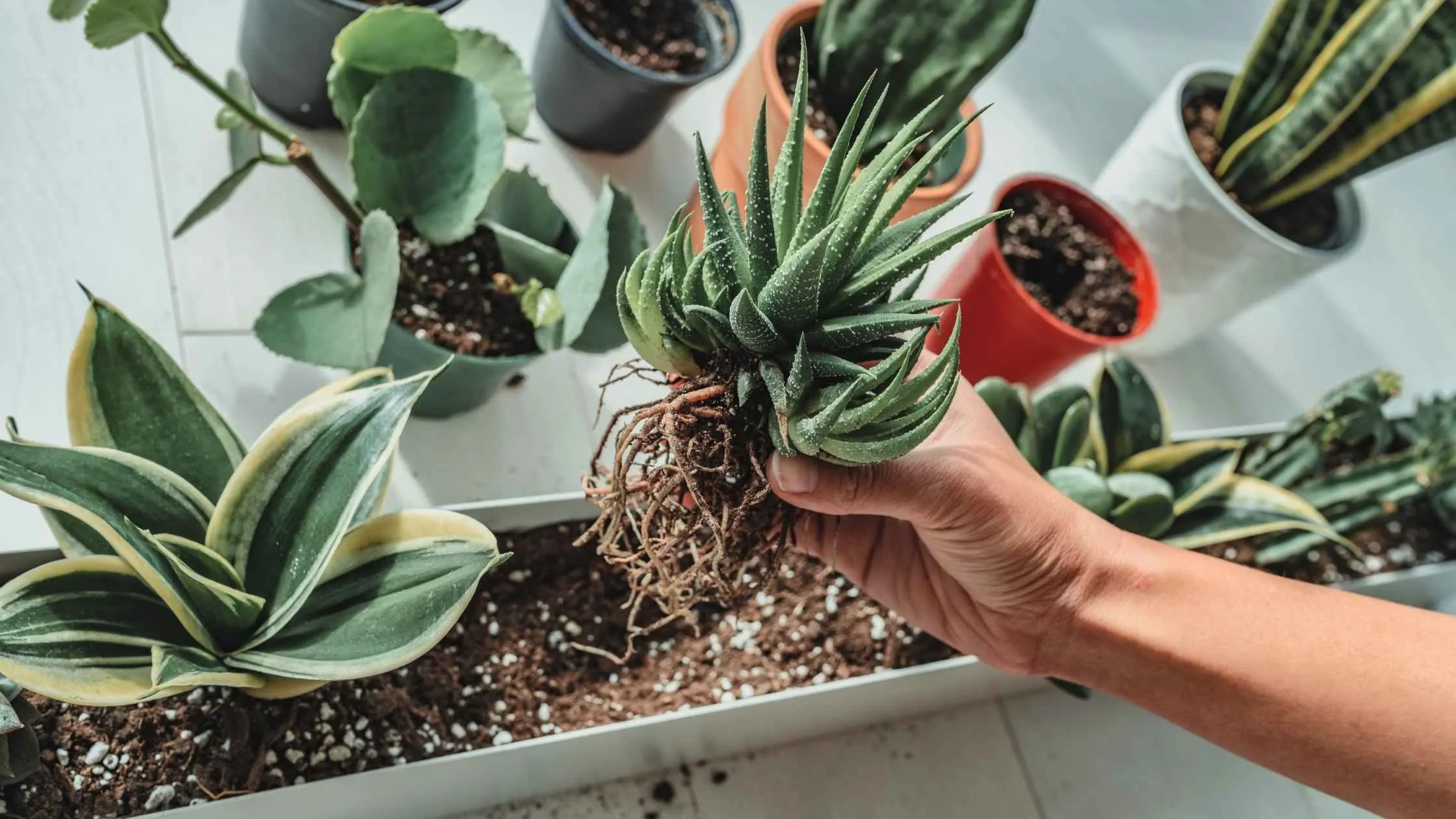
Seedlings Or Seeds?
You can buy seedlings or can plant your seeds. Buying seedlings is more expensive than planting your own. But starting with seeds can be difficult and requires a longer time before you can harvest.
Your plants or seeds need specific amounts of sunlight per day, some needing as much as 8 to 10 hours. Also, you should be careful with the amount of water that they receive. Too much sunlight and/or water can be harmful to both your seedlings and seeds.
Harvesting Your Garden
Harvesting the food that you grow in your container garden is the reward for the time and care you've taken. The following are some of the best tips and tricks for harvesting your container gardening plants:
Some Tools You Should Have Before Harvesting
Before harvesting, you will need:
- A clean container for your produce
- Scissors
- Pruners
Wash your hands before harvesting to prevent the spread of diseases.
The Best Time To Harvest
It is always recommended to harvest in the early morning when the temperature is cooler. This way, your vegetables and fruits will remain hydrated and fresh for a longer time.
Avoid harvesting during rain, as it can increase the chances of diseases spreading in your plants. The damaged but healthy products can be used in the next growing season.
Harvesting Vegetables And Fruits
Leafy veggies are best harvested when they are tender and younger. If you want to extend the life of your plant, you should start harvesting from the outside and move towards the inside of the plant.
Fruits and vegetables are best harvested when they are ripe. Ripe fruits and vegetables also have much better flavor. Always handle your produce with care to avoid bruising and clean them gently.
Keep your produce in the shade while you are working to prevent the loss of moisture. You can use your produce right away after harvesting. They may just need a little cleaning.
If you want to store your crops, lightly rinse them and wrap your green plants in a paper or cloth towel, and store them in a fridge. Don’t wash other vegetables like tomatoes, onions, or peppers until you want to use them to avoid spoilage.
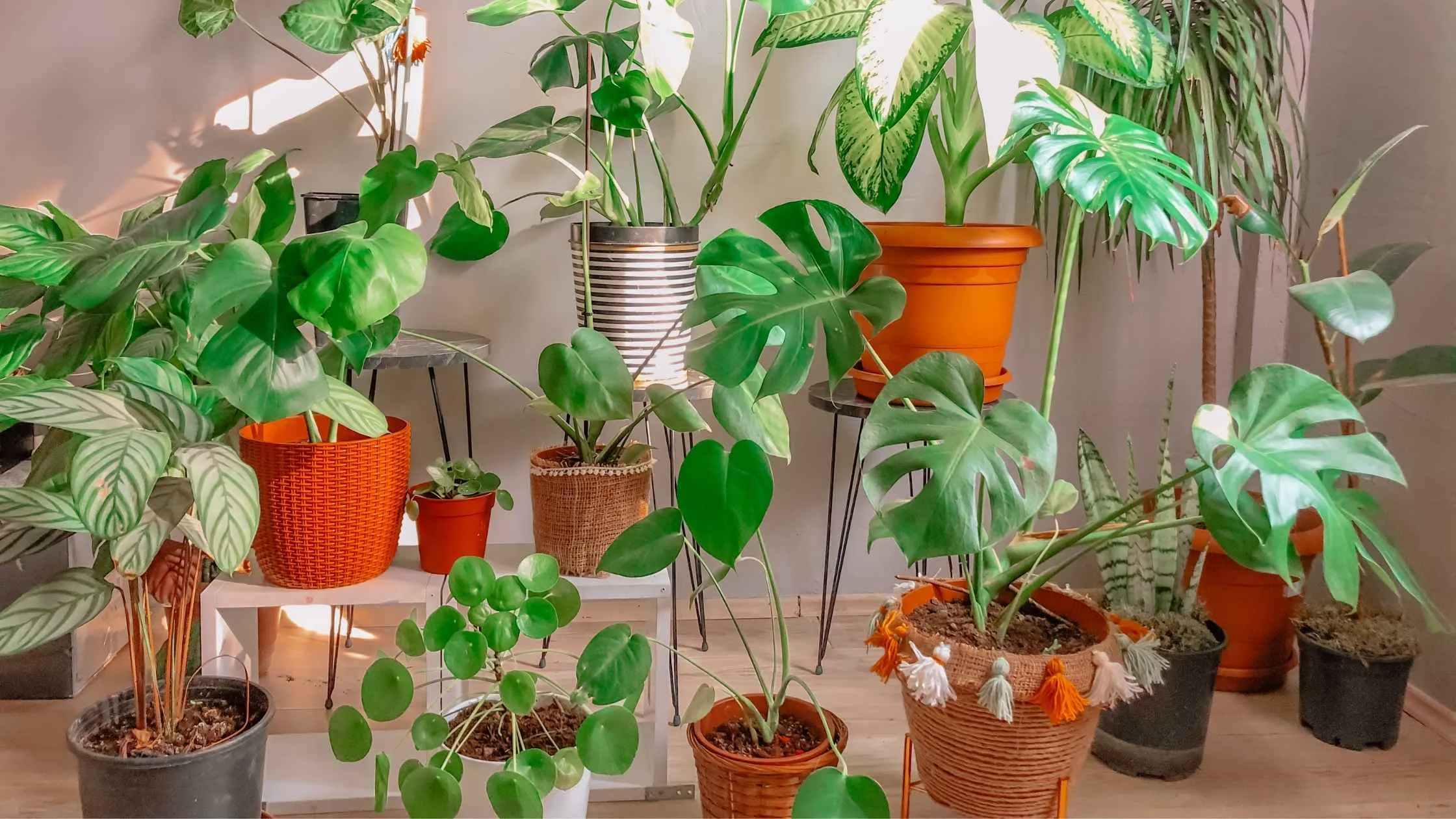
What Plants Are Good For Container Gardening?
Some plants grow better than others in the pot. For instance, transplanted plants grow better in the pot because they can easily adjust to the pot environment. “Container” or “dwarf” plants are more suitable for growing in pots because of their small size.
You can grow faster-growing plants like radishes and long growing season crops like broccoli together. Plant climbers and small growers together in one pot. The climber will cover up the wall area while the small one covers the base of the pot. It will maximize your space and also give your garden a green and refreshing look.
Final Notes on Container Gardening
Containers can be focal points in the garden, so keep them looking their best. You’ll want to:
- Remove and dried up leaves and dead flower heads.
- Remove plants that get leggy or stop blooming or cut back any plants that don't grow well or that clash.
- Keep an eye out for pests like aphids and mites.
So what do you think? Now that you know about container gardening, share what you’ll be doing to create your container garden in the comments below.

